Einot Tzukim Nature Reserve is a gem of freshwater springs by the Dead Sea with recreational picnic and swimming options. Home to endemic & rich wildlife, some parts are restricted.

Apollonia National Park and Beach
Apollonia

Ruins, Flowers and Magical Beach
Apollonia National Park - The Natural Setting
The flora
My first joy in every park, no matter its theme, is to see the vegetation and wildlife through the seasons. We are blessed with a very varied country, and the flora, in particular, is rich and diverse. This visit took place at spring’s end, so there were still many flowers blooming, including the spectacular yellow primrose (Oenothera drummondii) and the violet sea lavender (Limonium sp.), which bring beautiful coloration and magic to the kurkar beach rock.
The kurkar
The kurkar itself is an interesting geological phenomenon of the northern Israeli coastline. Kurkar is a porous aeolian quartz sandstone with carbonate cement. Parallel alignments, seen in some of the pictures below, are formed as a result of transgressive coastlines.
The stone has been used by the Crusaders for construction in Apollonia and other sites along the Eastern Mediterranean coast. The rock was selected for its beauty and endurance. Still, it suffers from high erosion, and lately there were several cases of rokslides.
Generally, the Israeli coastline is retreating at an annual average of 20 cm/year due mostly to rising sea levels caused by climate change. Additionally, mining fine and coarse sand, building breakwaters and marinas and drying up the sea to replace the beach with building areas and parks, all contribute to kurkar instablity.
Apollonia National Park - The Archaeology
Apollonia National Park. We were lucky to observe a professional worker shaping a stone for wall restoration.
Well, OK, it goes like this (just a typical timeline for sites around The Land):
Phoenicians (so-called Persian Period, 586-332 BCE),
Hellenistic Period (332-63BCE),
Romans (63BCE- 324 CE),
Bizantians (324-638 CE),
Early Muslim Period (638-1099 CE),
Crusaders (1099-1291 CE),
Late Muslim (1291-1516 CE)
Ottomans (1516-1917 CE),
And, of course, us – Israelis – now, who have turned the place into a national park and nature reserve.
The main attractions are the Roman villa, Crusaders fortress and walls, Bizantian cisterns and conduits, Ottoman walls and the lime kiln.
As usual in the history of this land, wars were fought, walls and fortresses were erected to defend cities, huge projects were deserted or ruined by conquerors, the environment was improved, then deproved, and so on and so forth.
Luckily, we now have a pretty park. Only history will tell how long this will last…
Apollonia Beach
This part of our visit was the joy of the day. Me and my friend desended to the beach from Arsuf and walked northwards. There were many bathers, despite the corona regulations, but not crowds. I did not see any issue with this presence in the healing open sea air.
The Apollonia Beach is spectacular. Between the gorgeous kurkar cliffs mentioned above, the ruins seen from below and the beautiful tidal pools, the Mediterranean magic here is especially powerful.
Unfortunately, people do not always respect beauty. I collected a full bag of plastic trash, and that was just a “drop in the ocean of garbage”.
Please, dear Israelis,take care of our treasures… and mind the life in the sea.
This post belongs in a post series about Israeli Nature Reserves and Parks, under the general category of Israel’s Best at Planet’s Daughter Website.
This is an ongoing project currently under construction.
Subscribe and you’ll get the newletter with the latest posts directly to your mailbox. Enjoy!



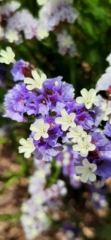
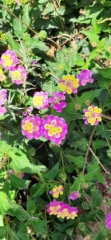
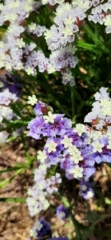
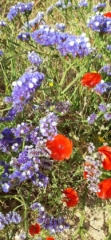
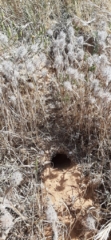
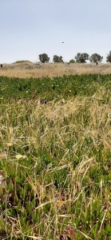
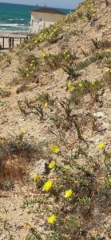
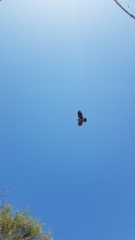
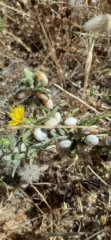
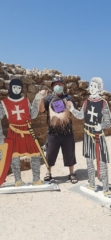
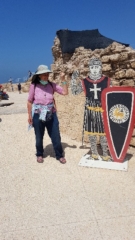
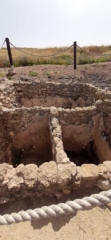
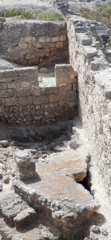
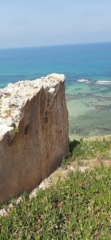

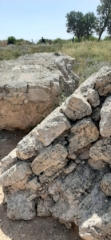
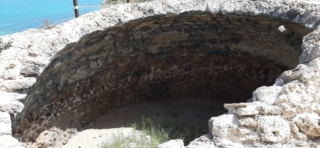
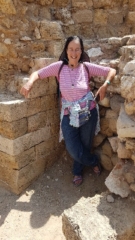
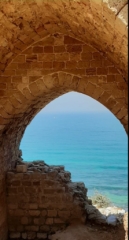
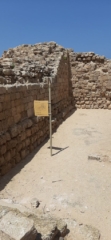


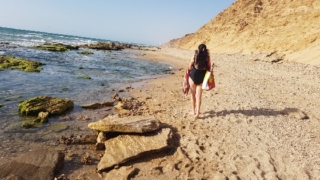
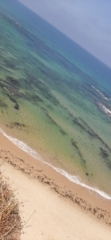
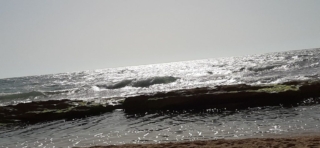
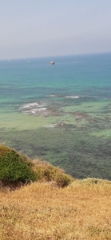
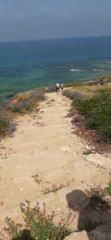
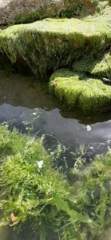
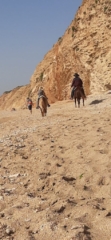
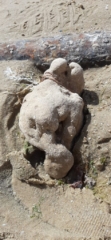
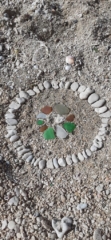
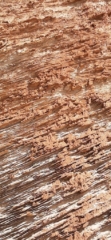
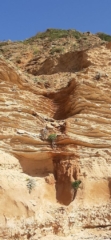
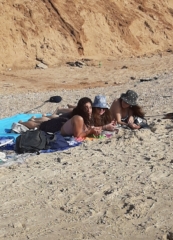

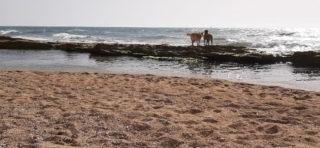
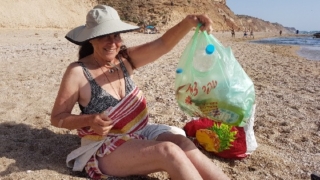
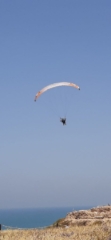




This Post Has 0 Comments